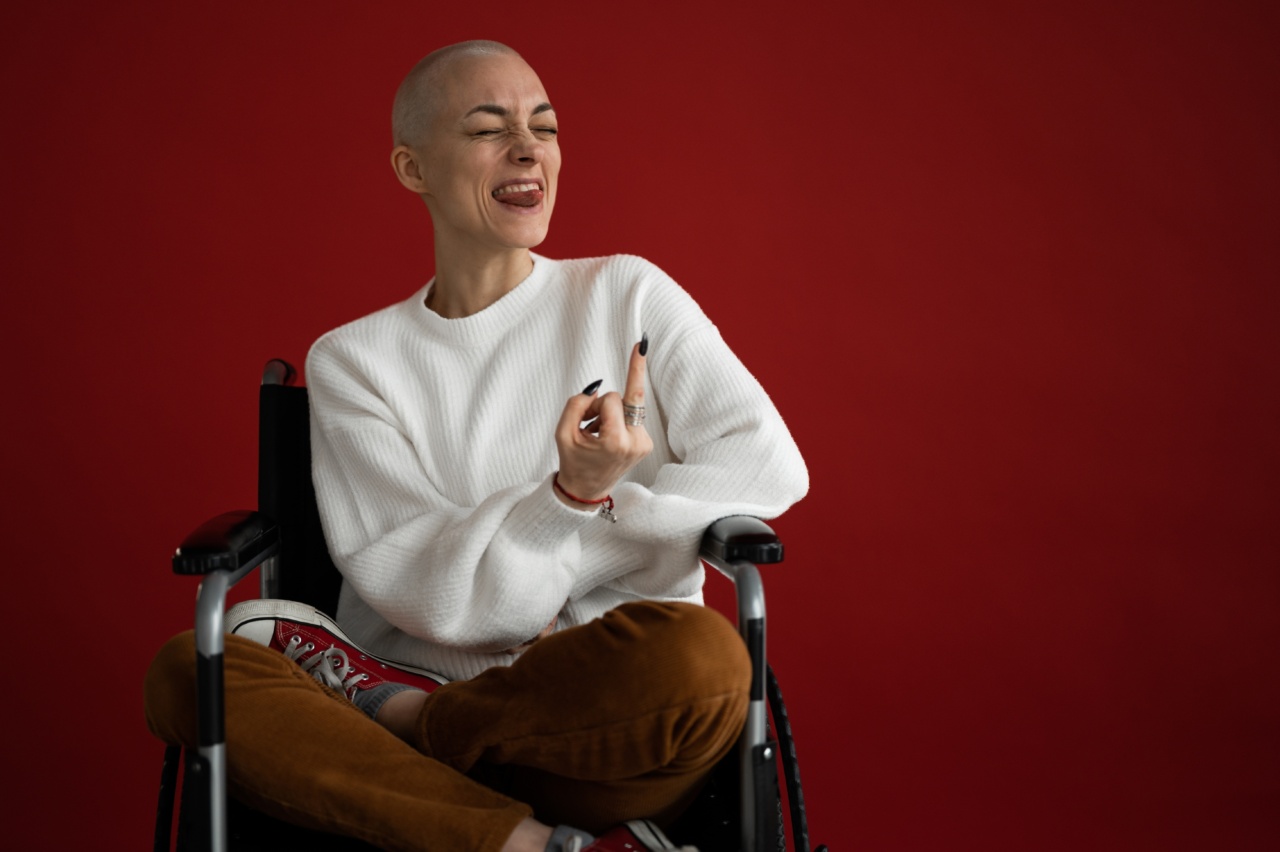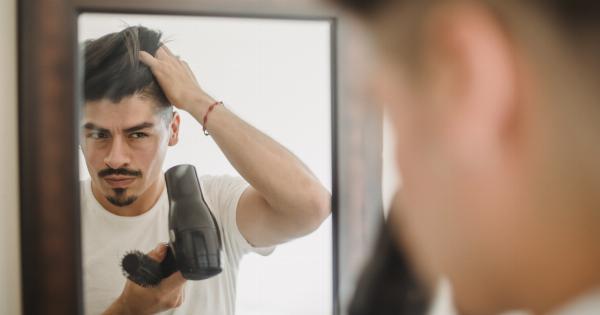Our hair is more than just a style statement. It can also be an indicator of our overall health. Changes in the appearance, texture, and growth pattern of our hair might be signs of an underlying health condition.
In this article, we will explore the various ways in which our hair can show signs of illness.
1. Hair thinning or hair loss
Hair thinning or hair loss, also known as alopecia, can be a symptom of various medical conditions. One common cause is a condition called androgenetic alopecia, which is hereditary and affects both men and women.
Other possible causes include hormonal imbalances, thyroid disorders, nutritional deficiencies, autoimmune diseases, and scalp infections.
2. Changes in hair color
If you notice a sudden change in your hair color, it might be a sign of an underlying health issue. Premature graying of hair can be associated with conditions like vitiligo, an autoimmune disease that causes loss of skin pigmentation.
In some cases, changes in hair color can also be a side effect of certain medications or treatments, such as chemotherapy.
3. Brittle and dry hair
Brittle and dry hair can be caused by a variety of factors, including environmental conditions, excessive heat styling, and chemical treatments. However, in some cases, these changes in hair texture could be a result of an underlying medical condition.
Hypothyroidism, for example, can lead to dry and brittle hair due to a decrease in the production of natural hair oils.
4. Excessive hair shedding
While it is normal to shed around 50-100 hairs per day, excessive hair shedding can be a cause for concern. Telogen effluvium is a condition characterized by sudden and significant hair loss.
It can be triggered by physical or emotional stress, hormonal imbalances, rapid weight loss, or certain medications. If you notice excessive hair shedding, it is advisable to consult a healthcare professional to identify the underlying cause.
5. Scalp conditions
Various scalp conditions can affect the appearance and health of our hair. Dandruff, for instance, can cause scalp irritation and result in excessive flaking.
Seborrheic dermatitis, a more severe form of dandruff, can also lead to redness, itching, and greasy scales on the scalp. Additionally, scalp psoriasis and fungal infections can contribute to hair damage and hair loss.
6. Changes in hair texture
Changes in hair texture, such as sudden curls, kinks, or waves, can indicate an underlying health issue. One possible cause is a condition called alopecia areata, which leads to patchy hair loss and alterations in hair texture.
Changes in hair texture can also be a sign of hormonal imbalances, nutritional deficiencies, or damage caused by excessive styling or heat treatments.
7. Hair breakage
Excessive hair breakage, also known as trichorrhexis nodosa, can be a sign of underlying health problems. Vitamin and mineral deficiencies, particularly of iron, zinc, and biotin, can weaken the hair shaft and lead to breakage.
Chemical treatments, harsh styling practices, and heat damage can also contribute to hair breakage.
8. Hair thinning on eyebrows and eyelashes
If you notice thinning or loss of hair on your eyebrows and eyelashes, it might be indicative of an underlying health condition. Autoimmune diseases like alopecia areata or thyroid disorders can cause hair loss in these areas.
Alopecia areata specifically targets hair follicles, resulting in sudden hair loss on the scalp, eyebrows, and eyelashes.
9. Excessive facial and body hair
Hirsutism is a condition characterized by excessive hair growth in women, typically in areas where men usually have hair, such as the face, chest, and back.
This excessive hair growth can be a sign of hormonal imbalances, particularly an increase in androgens (male hormones). Polycystic ovary syndrome (PCOS), adrenal gland disorders, and certain medications can contribute to hirsutism.
10. Scalp tenderness or pain
If you experience tenderness or pain in your scalp, it could be an indication of an underlying scalp condition. Scalp tenderness can be associated with scalp infections, inflammation, or conditions like scalp folliculitis or scalp psoriasis.
It is important to consult a healthcare professional if you experience persistent scalp pain or tenderness.


























